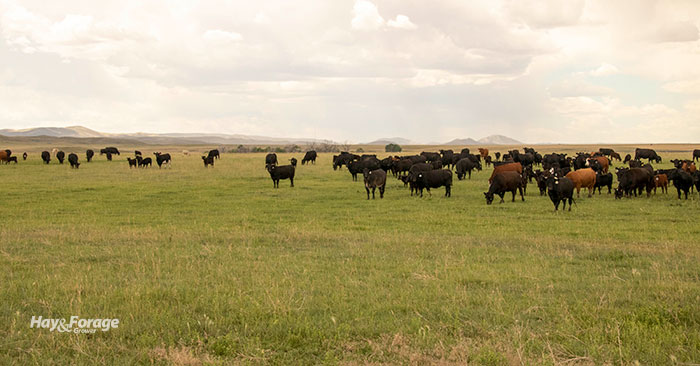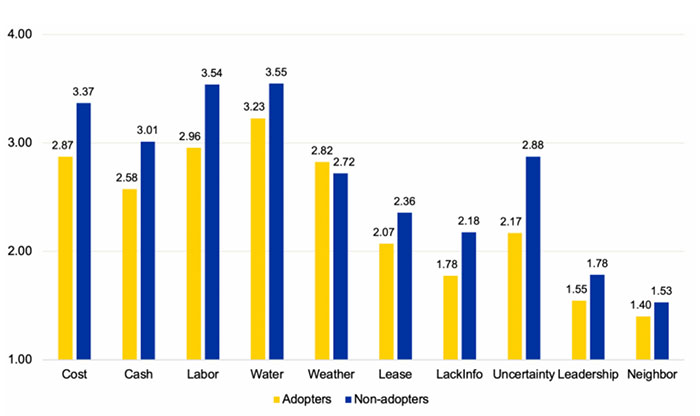
Most livestock producers in the Great Plains still implement continuous grazing as a preferred practice. Such a system often leads to grazing behavior that results in the repeated defoliation of desirable plants while leaving less preferred plants to mature and go unutilized, according to Tong Wang, an extension advanced production specialist with South Dakota State University.
In contrast to a continuous grazing system, well-managed rotational grazing allows more time for grasses to recover and helps mitigate overgrazing. “By minimizing selective grazing behavior, rotational grazing increases efficiency in forage utilization and therefore allows for greater stocking capacity,” Wang says.
Wang and her research associates recently completed a survey of 356 ranchers (1,500 surveys were mailed) in North Dakota, South Dakota, and Texas to document what barriers most limited ranch owners from implementing rotational grazing systems. The respondents included both producers who currently use continuous grazing and those who have adopted rotational grazing.
The survey respondents rated a list of potential challenges on a scale of 1 to 5, with 1 being “not a challenge” and 5 being a “great challenge.”
Average ratings of rotational grazing barriers by producers in the Dakotas.

Water and labor hold ranchers back
For those not currently using rotational grazing, water source and labor constraints were perceived as the two greatest challenges to implementing the practice (see graph). Each had a rating of over 3.5.
A high installation cost was ranked as the third most challenging issue for implementing a rotational system among current nonadopters. “This suggests that while cost sharing might motivate some ranchers to adopt the practice, its effect could be limited if more important barriers such as water source and labor constraints were not adequately addressed,” Wang notes.
As might be expected, adoption status made a difference on perceived barriers. Overall, adopters considered the listed barriers as less challenging (yellow versus blue bars in the graph). For this group, water source was the only factor that had a rating greater than 3 (defined as “some challenge”).
The survey also found that nonadopters with better quality soil, more owned land, and a higher proportion of grazing land tended to perceive the list of barriers as less challenging than those who had ranches without these characteristics. “Producers who have ranches with such characteristics may be a suitable target group for more effective (rotational grazing) outreach efforts,” Wang concluded.

